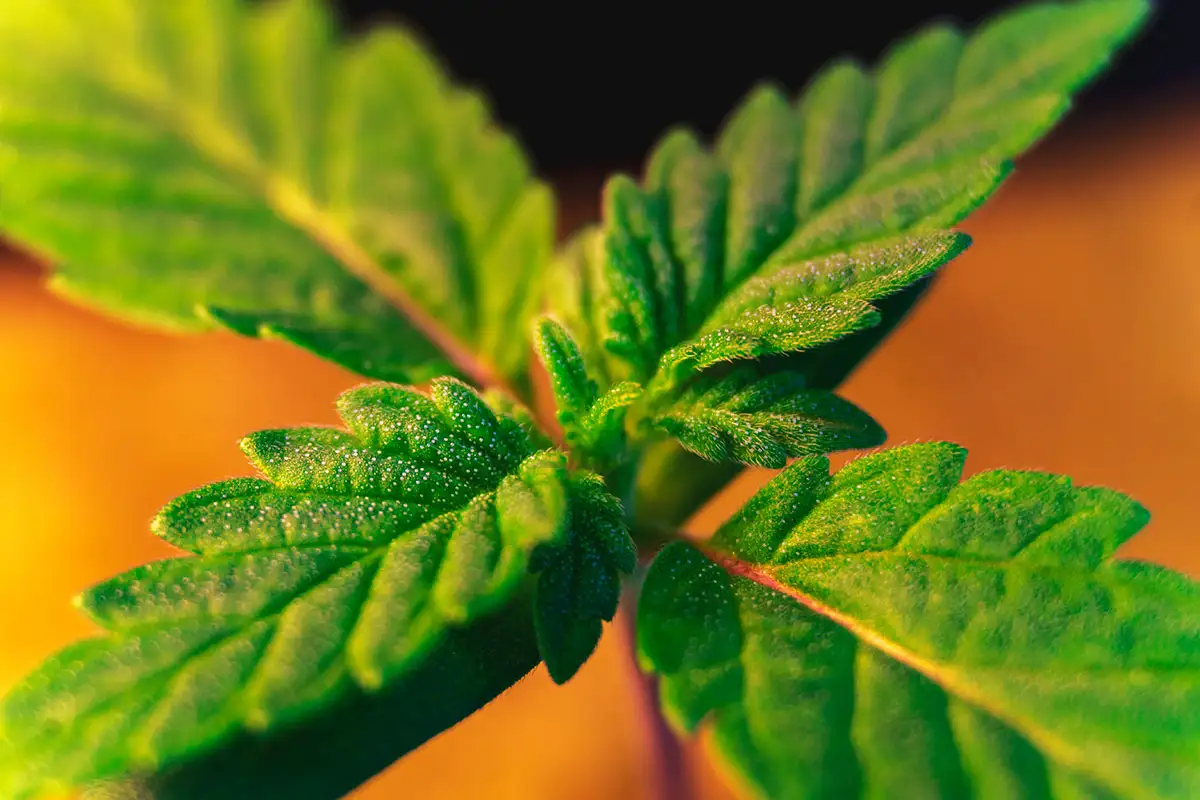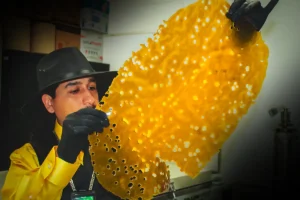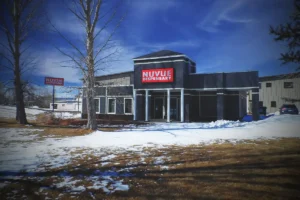
Preparing Cannabis for the Flowering Stage: Outdoor, Indoor, and Hydroponic Growing Environments
The flowering stage is a crucial phase in the cannabis growing cycle. This is when plants develop buds requiring specific adjustments to ensure a

If you missed the latest blog post, we talked about the different types of marijuana seeds available to growers. Now we’re going to focus on the other side of the genetic coin: clones.
Cloning is a method of asexual reproduction in which a grower makes a copy of a plant. Many plants clone themselves in nature: grass, blackberries, strawberries, dandelions, and daylilies. Many others, like cannabis, are equipped to grow a new plant from a cutting, given the right conditions.
This replication allows growers to perpetuate and share specific phenotypes of cannabis. One of the greatest benefits to cloning is consistency, as you can know the growth and medicinal characteristics of a plant as well as its sex. Amateur growers love clones because they can purchase a female plant of a specific strain from a trusted grow, taking out a lot of the guesswork, and professionals love clones because they can archive prized genetics. Certain cuts can survive in a grow network for years, shared by growers who value their uniquely potent buds.
Seeds or clones isn’t an either/or choice, as plenty growers employ both methods of reproduction in order to grow and sustain their marijuana genetics. Marijuana seeds from the same plant, whether they’re feminized or unfeminized, all share the same genotype but can express different phenotypes. The easiest way to think of this is like a litter of puppies: different expressions of the same genetic information.
Cloning allows you to make copies of each phenotype and hold on to the genetics of your favorite one: the pheno that’s most pest-resistant, has the best taste, hardiest structure, or most potent medicinal effect.
There are thousands of how-to guides to growing marijuana, but it’s important to remember that different strains have different growth patterns and needs. Seasoned growers know that each strain has its own ideal growing conditions, not just varying flower times. Taking cuttings from a strain you know well can allow you to develop your relationship with that strain: this orange crush cut thrives with strong calcium and magnesium supplements, or this phenotype of moonshine haze should be harvested the second the trichomes begin to turn milky so that it’s perfectly ripe after curing.
From a research standpoint, all available breeding methods need to be utilized in order to explore the potential for genetic variety in marijuana. At NuVue, our growers are sprouting seeds and rooting out clones in order to produce and develop quality medicine suited to patients across the spectrum of medical needs.

The flowering stage is a crucial phase in the cannabis growing cycle. This is when plants develop buds requiring specific adjustments to ensure a

Cannabis has come a long way from its days of taboo and illegality. Today, the plant is celebrated for its myriad therapeutic and recreational

In recent years, the wellness industry has seen a significant shift towards natural and holistic remedies, with cannabis-based products taking center stage. Among the latest

In the ever-evolving world of cannabis consumption, enthusiasts are continually seeking new and potent experiences. One such innovation that has taken the cannabis community by

ROCKY MOUNTAIN BIOTECH (RMB), a newly established biotechnology company owned by local businessman and retired neurologist, Dr. Malik Hasan, recently obtained a Drug Enforcement Administration (DEA)

In a landmark moment in history, the United States has officially begun taking steps to reschedule cannabis, marking a significant shift in U.S. drug policy.

In recent years, the world of cannabis concentrates has expanded rapidly, offering consumers a plethora of options to explore. One such concentrate that has

In the heart of the picturesque landscape of Gunnison, Colorado, a new beacon of cannabis culture has emerged. NuVue Pharma, the renowned cannabis dispensary chain,

As the cannabis industry continues to evolve, so do the ways we can access our favorite products. Online ordering for pickup has become a game-changer

In recent years, the conversation surrounding cannabis has shifted from taboo to a more open and accepting dialogue. One area gaining attention is